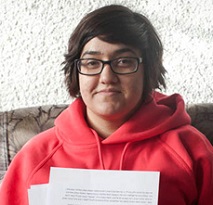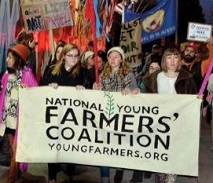
George Monbiot: My Manifesto for Rewilding the World
Source: The Guardian Unlimited
Nature swiftly responds when we stop trying to control it. This is our big chance to reverse man’s terrible destructive impact
Until modern humans arrived, every continent except Antarctica possessed a megafauna. In the Americas, alongside mastodons, mammoths, four-tusked and spiral-tusked elephants, there was a beaver the size of a black bear: eight feet from nose to tail. There were giant bison weighing two tonnes, which carried horns seven feet across.
The short-faced bear stood 13ft in its hind socks. One hypothesis maintains that its astonishing size and shocking armoury of teeth and claws are the hallmarks of a specialist scavenger: it specialised in driving giant lions and sabretooth cats off their prey. The Argentine roc (Argentavis magnificens) had a wingspan of 26ft. Sabretooth salmon nine feet long migrated up Pacific coast rivers.



